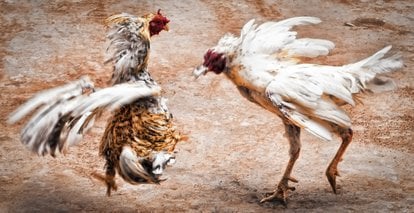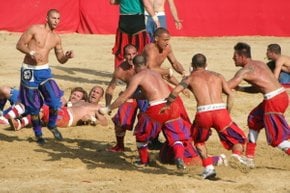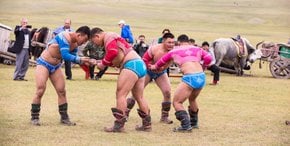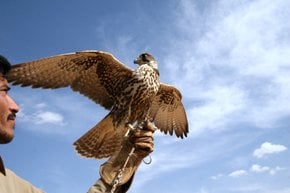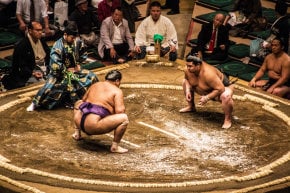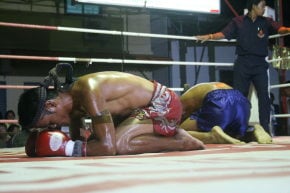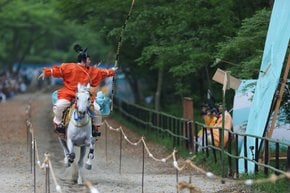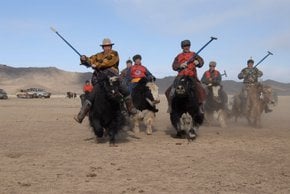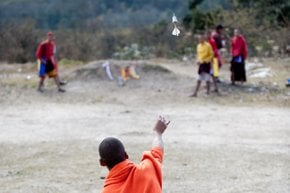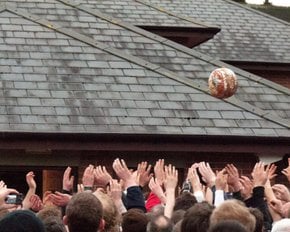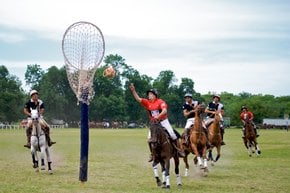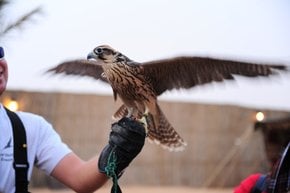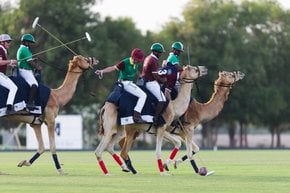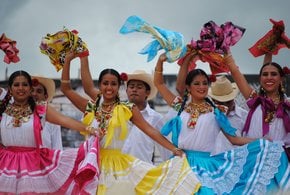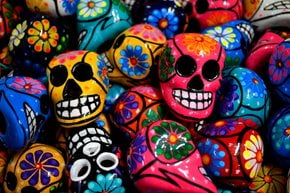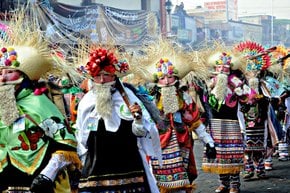Cockfighting in Mexico 2025-2026
When a pair of Mexican roosters are released to the rink, only one will survive and another one will drown in his own blood
Dates: November–June
In Mexico, cockfighting became a traditional form of entertainment around a hundred years ago. Since then, local farmers have been breeding and training the birds on purpose to turn them into professional gamecocks. They literally fight to the death. The combat usually continues for a minute or two, and suddenly it's over with one of the cocks lying dead in the pool of his own blood.
Cockfight
Cockfights take place mainly in the "palenque." It is a circular arena filled with wet sand and surrounded by a wooden circle that separates the roosters from the stands with spectators. The fight lasts until one of the two roosters dies. The winning rooster sometimes survives and sometimes dies, just like the deadbeat.
In their native environments, roosters engage in combat to establish dominance hierarchies, mark territory, and assert mating privileges. Serious injuries are uncommon since a defeated rooster typically leaves the conflict.
Is cockfighting legal in Mexico
Campaigns recently launched against animal cruelty led to the prohibition of cockfighting in several Mexican states. Yet sports remain legal in some of them, particularly in Ixmiquilpan city. In fact, Ixmiquilpan might soon become the world's last place to witness bloody cockfights. Spectators usually bet on the winner, increasing the event's overall excitement. The season for cockfighting runs from November to June.
Cockfighting in Mexican culture
Cockfighting is part of Mexican culture and continues to be passed down from one generation to the next. This practice is considered part of Mexican cultural heritage, thus giving the population a sense of identity and continuity. The image of a fighting rooster was and remains a symbol of bravery, courage, devotion, respect, honor, responsibility, and loyalty. Thus, many Mexicans take this activity to defend the Mexican worldview.

